
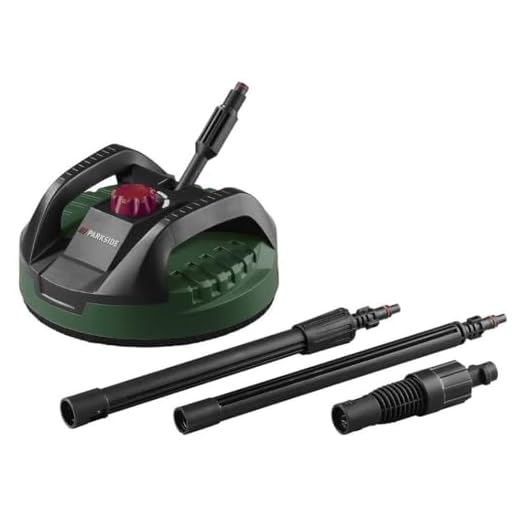


For optimal usage of high-pressure cleaning devices, familiarity with their mechanisms is crucial. These units efficiently convert electrical energy into kinetic energy, generating a powerful jet of water that tackles stubborn dirt and grime. The pump, often the heart of the system, plays a pivotal role in elevating water pressure, enabling effective cleaning.
Water enters the machine through an inlet, passing through a filter that prevents debris from entering the system. Once inside, the pump, driven by an electric motor, compresses the water and forces it out through a nozzle. This is where the magic happens; the nozzle restricts the flow, amplifying the velocity of the water, producing a concentrated spray that can remove even the most stubborn stains.
In addition, adjustable nozzles allow users to customise the spray pattern. Switching between narrow and wide sprays enhances versatility, catering to different cleaning tasks–from delicate surfaces to tougher jobs. Understanding these functionalities maximises the efficiency of your equipment, and proper maintenance of the unit ensures longevity and reliable performance.
Understanding the Mechanics behind Karcher Cleaning Units
Utilising a water pump, these machines create a powerful jet of water to tackle grime. The process begins when water flows from a source into the device. A motor activates the pump, which compresses the liquid, resulting in a high-pressure output. This jet effectively dislodges dirt and debris from various surfaces.
Key Components in Operation
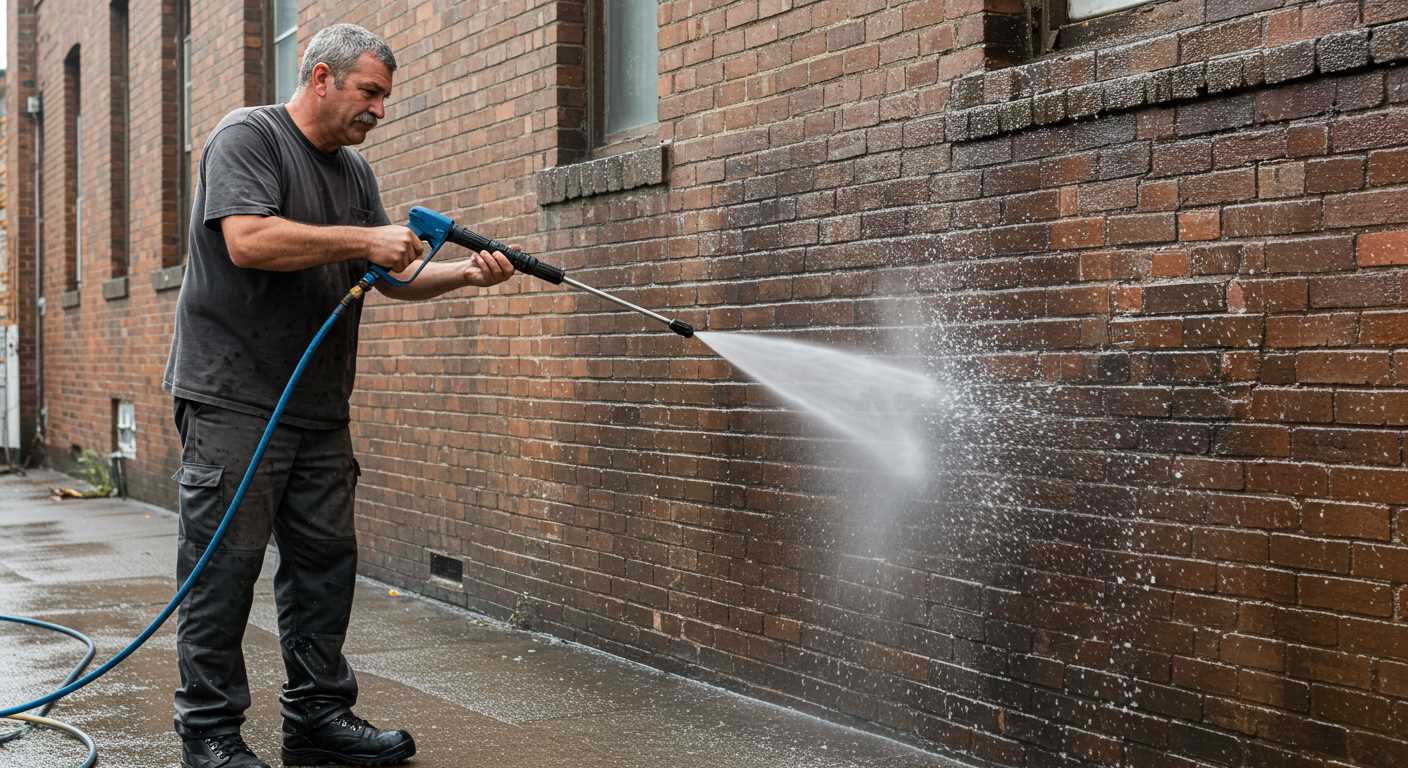
Several vital components contribute to the functionality of these units. The motor generates the necessary power, while the pump transforms standard water pressure into a formidable stream. Additionally, a nozzle regulates the water flow, allowing for different spray patterns to suit various cleaning tasks. Accessories such as brushes and detergent tanks enhance performance, enabling the removal of stubborn stains.
Efficiency Tips
For optimal use, select the appropriate nozzle for the surface type. A wider spray is suitable for delicate areas, while a narrow jet addresses tougher stains. Regular maintenance, such as cleaning filters and checking hose connections, ensures longevity and consistent performance. Using the correct cleaning agents can further improve results, making your tasks easier and more efficient.
Understanding the Components of Karcher Pressure Washers
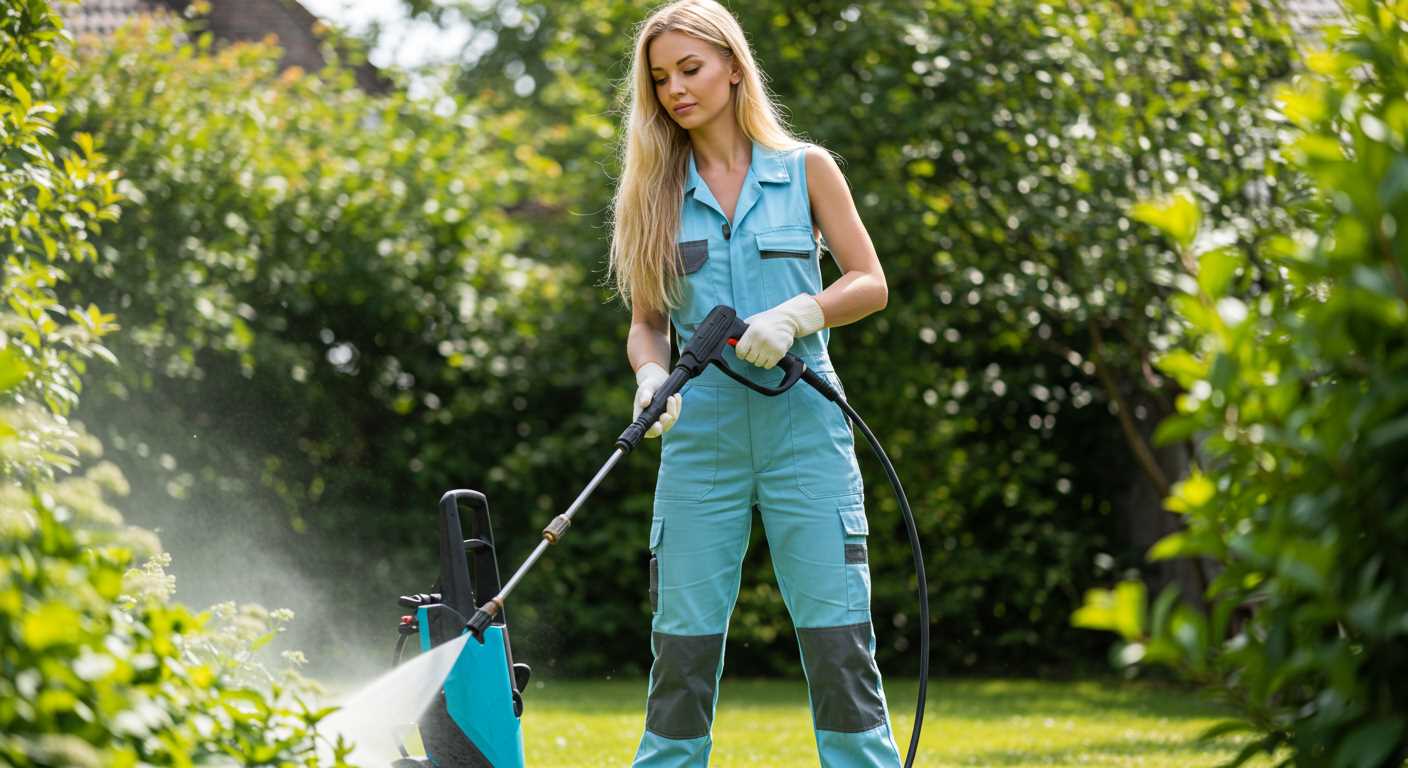
The pump forms the heart of these machines, generating high pressure to facilitate efficient cleaning. Typically, it’s a robust axial or triplex plunger type, designed for durability and performance. Regular maintenance involves checking for leaks and ensuring the pump is well-lubricated to extend its lifespan.
Motor and Power Source
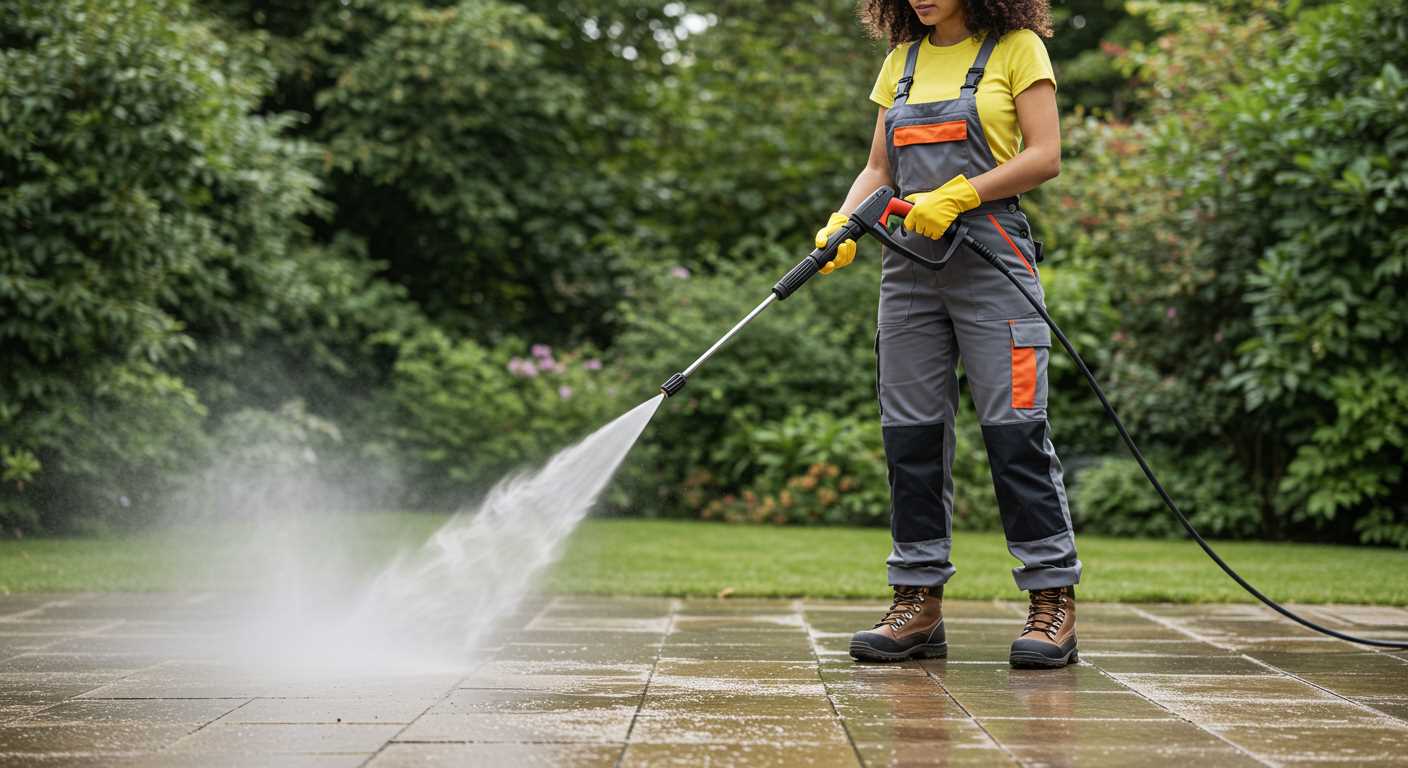
The motor is crucial, whether electric or petrol, impacting portability and power. Electric models offer convenience and are quieter, while petrol options provide greater mobility for larger jobs. Ensure the motor’s wattage aligns with the intended cleaning tasks for optimal performance.
Nozzles and Accessories
Nozzles significantly affect cleaning versatility. A rotating nozzle increases effectiveness for stubborn grime, while adjustable nozzles allow for multiple spray patterns. Investing in a variety of attachments optimises usage, catering to different surfaces like concrete, wood, or vehicles.
How the Motor Drives the Pump Mechanism
The motor is the powerhouse that energises the pumping system. Typically, it operates at a speed ranging from 1,500 to 3,500 RPM, generating the required force to activate water flow. The interaction between the motor and the pump is crucial; when the motor spins, it rotates an eccentric cam, which then drives the pistons within the pump.
The design of the motor ensures a stable power output, enabling consistent water pressure. A high-efficiency induction motor is commonly employed for its durability and reliability. It translates electrical energy into mechanical energy, converting the mains supply into kinetic energy that is pivotal for creating high pressure in the water outlet.
In addition, many models feature an automatic shut-off functionality that halts the motor when the pressure is released. This not only saves energy but also prolongs the motor’s lifespan by reducing unnecessary wear. Ensuring the motor is well-maintained and inspected regularly can prevent overheating, which is a common issue that affects performance.
Furthermore, the motor’s thermal overload protection plays a vital role in safeguarding against damage. When excessive temperature levels are detected, it automatically cuts off power, allowing the unit to cool down, thus avoiding potential failures.
In summary, understanding the motor’s role in driving the pump mechanism is essential for effective usage and longevity of the equipment. Regular maintenance, awareness of energy efficiency features, and recognising the motor’s limitations can significantly enhance its operational lifespan and effectiveness.
Water Pressure Generation and Control
To achieve optimal cleaning performance, precise water pressure generation is essential. The process starts with the inlet valve allowing water from the source to flow into the unit. As the electric motor activates, it drives the pump. This pump is equipped to draw water in and compress it, resulting in an increase in water pressure.
The design of the pump is crucial. A piston pump, often used in these devices, utilises a reciprocating motion to create pressure. As the piston moves down, it draws water in through the inlet. Upon moving upwards, it compresses the water and forces it out at high pressure. This mechanism ensures a strong, focused stream suitable for tackling tough grime.
Pressure regulation is another key element. Most units feature an adjustable pressure control system allowing users to select the desired level of intensity. This versatility will enable one to switch between gentle rinsing for sensitive surfaces and powerful blasting for stubborn dirt.
The pressure relief valve serves as a safeguard. It prevents excessive pressure build-up, diverting water back into the pump if necessary. This balance keeps the system efficient, prolonging the lifespan of components and protecting against damage.
Lastly, high-quality hoses that can withstand high pressure are essential. They ensure that water remains at the desired force while being directed towards the cleaning task. A robust design in the hose prevents leaks and maintains performance consistency.
Role of the Spray Nozzle in Cleaning Performance
The spray nozzle significantly impacts cleaning outcomes by determining the pressure and shape of the water stream. Selecting the appropriate nozzle can enhance efficiency and effectiveness across various tasks.
Types of Nozzles
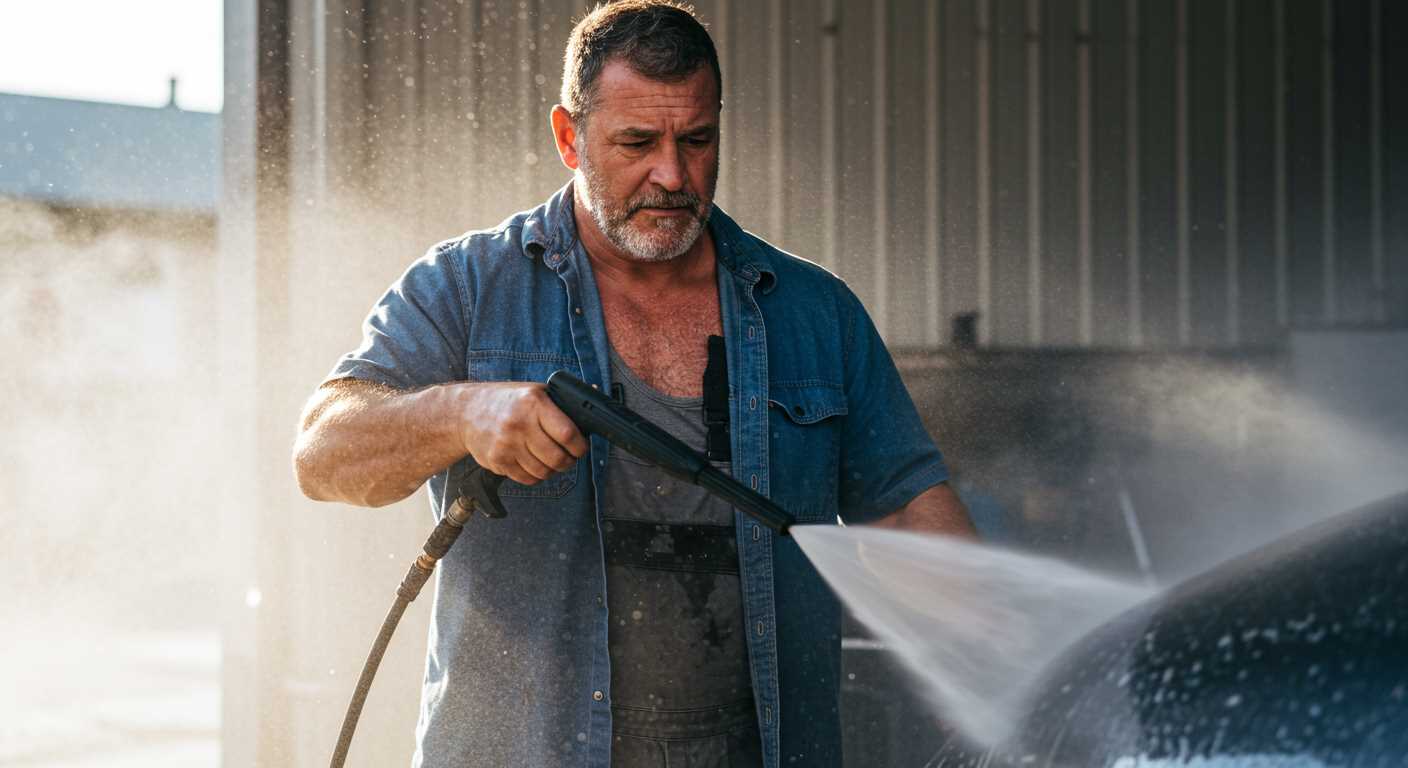
- Fan nozzle: Used for general cleaning, dispersing the water in a wide spray pattern, ideal for delicate surfaces.
- Rotary nozzle: Features a rotating jet, combining pressure with a broader spray to tackle tough grime on resilient surfaces.
- Turbo nozzle: Delivers a circular spray with high velocity, suited for heavy-duty cleaning, such as concrete or brick.
- Soap nozzle: Designed to dispense detergent, it reduces pressure to allow for the effective application of cleaning agents.
Impact on Cleaning Efficiency
The choice of nozzle influences the cleaning method:
- Surface type: Softer surfaces require wider spray, whereas hard surfaces benefit from concentrated streams.
- Cleaning agent application: Specific nozzles help optimise the use of detergents, enhancing overall cleaning performance.
- Pressure control: Nozzles can reduce pressure, preventing damage while still effectively breaking down dirt and grime.
In summary, understanding the role of the spray nozzle empowers users to choose the right tool for their specific cleaning needs, directly affecting the performance and outcomes achieved during the cleaning process.
Maintenance Tips for Optimal Performance
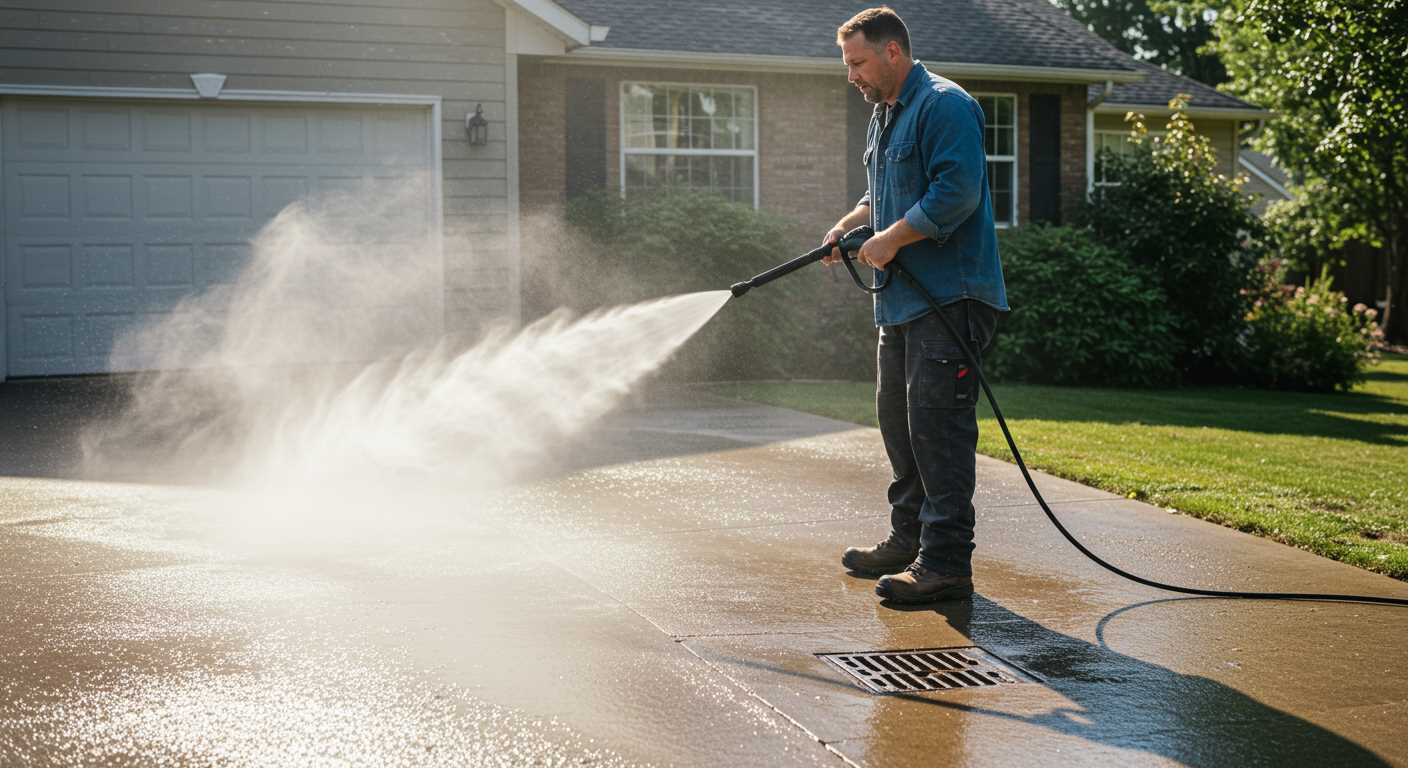
Regular inspection and cleaning of the water inlet filter is crucial. Remove any debris that may obstruct water flow, ensuring that your device operates smoothly.
Oil and Lubrication
Check the lubrication levels of the motor and pump periodically. Use high-quality oil suitable for your model to prevent wear and tear. Replace spark plugs annually to maintain engine performance.
Storage Practices
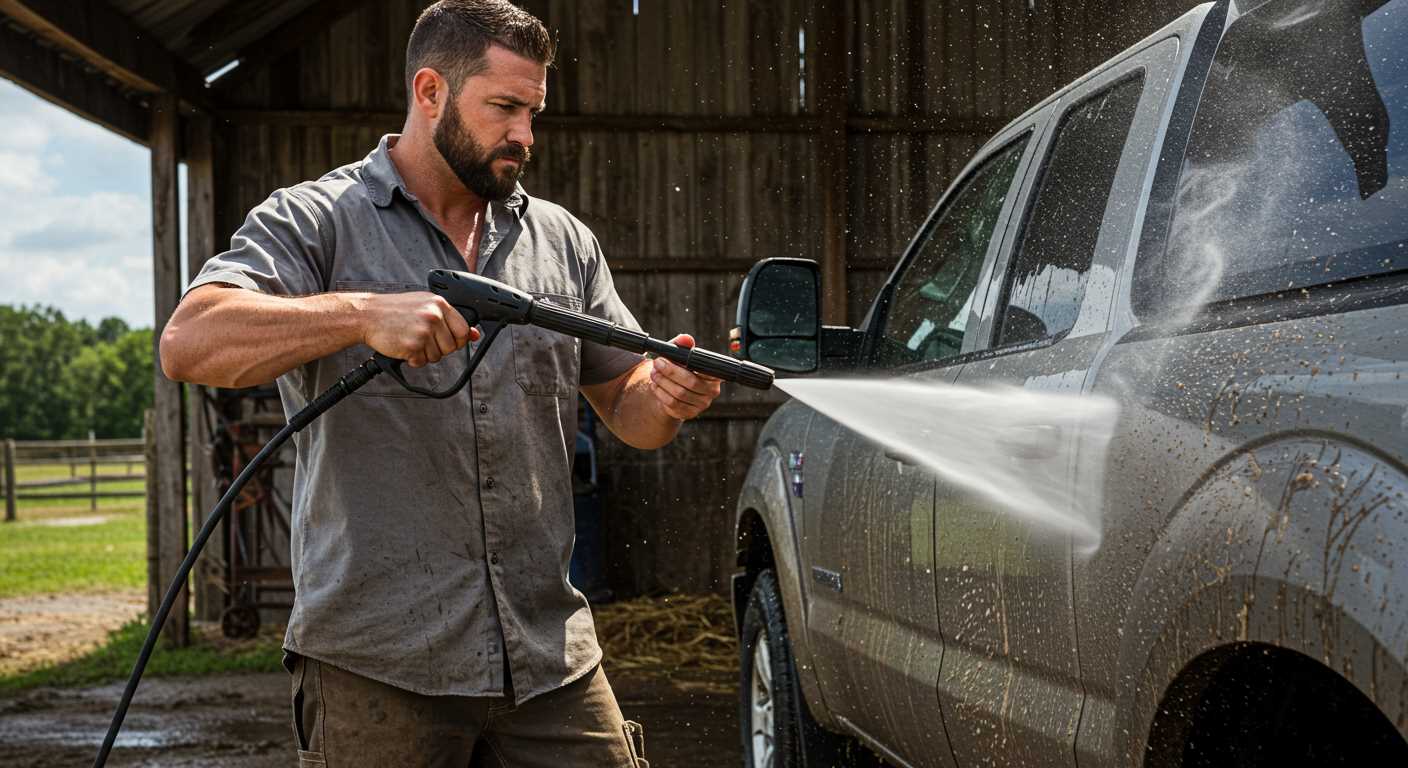
During off-seasons or extended periods of inactivity, drain all water and air from the system. Store the unit in a dry location away from freezing temperatures to avoid damage. Use a cover to protect it from dust and debris.
| Maintenance Task | Frequency |
|---|---|
| Inspect water inlet filter | Every use |
| Check lubrication levels | Monthly |
| Replace spark plugs | Annually |
| Drain water and air | After each season |
| Cover during storage | Always |
Carrying out these tasks will prolong the lifespan and efficiency of your equipment. A little preventative care goes a long way in maintaining peak performance.
Common Issues and Troubleshooting Techniques
Leaks around the connections are frequent. Ensure that each fitting is securely tightened and check the condition of O-rings. If the problem persists, replacement might be necessary.
Motor Troubles
A sudden loss of power can stem from an overloaded circuit or an issue with the electrical supply. Verify that the unit is plugged in correctly and that any extension cords used are rated adequately. Additionally, listen for unusual sounds; a whining noise may indicate that the motor is struggling. In such cases, immediate inspection or professional service is advisable.
Water Flow Problems
If the device is not drawing water, inspect the inlet filter for clogs. Debris buildup can prevent water flow. Clear any obstructions. Low pressure can also arise from a damaged spray nozzle, which may need cleaning or replacement. If the unit cycles on and off frequently, the water supply could be insufficient; ensure the hose and connections are unobstructed.








